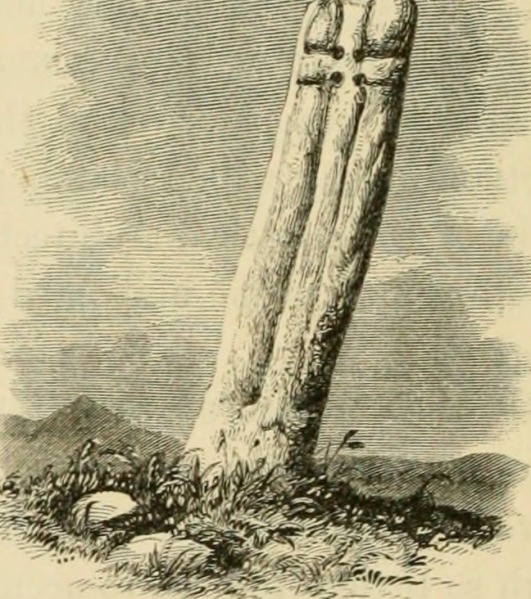
Image: Internet Archive Book Images / “The archaeology and prehistoric annals of Scotland” (1851) / Flickr (Public Domain)
Christmas has come early here at Vox Hib HQ with the very welcome and long awaited launch of the Database of Scottish Hagiotoponyms, aka Saints in Scottish Place-Names…
This website is the result of a project, ‘Commemorations of Saints in Scottish Place-Names’, funded by a Research Project Grant from The Leverhulme Trust (2010-13), and undertaken by staff in the University of Glasgow’s School of Humanities (Celtic & Gaelic, and HATII). Professor Thomas Owen Clancy (Principal Investigator)Dr Rachel Butter and Gilbert Márkus (Researchers) & Matthew Barr (Systems Developer) The database that has been assembled presents the fruits of our research. It contains over 5000 places, 13,000 place-names, and some 750 saints potentially commemorated in these names.

